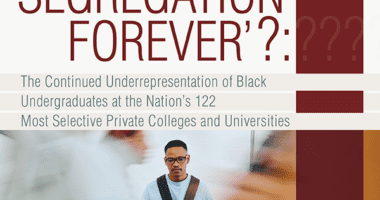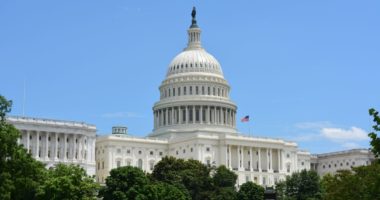Choosing Differently: Instead of Pursuing Ever-Higher Rankings, Some Colleges Serve a Nobler Purpose
UPDATED
At a time when so many colleges and universities are making what seem to be deeply immoral choices, about what to do with their financial aid dollars, it is inspiring to come across institutions and leaders that are choosing differently. And this fall, by chance, I did just that.
Franklin & Marshall College is a small, but very prestigious, liberal arts school in Pennsylvania. Like many such institutions, its student body of roughly 2,300 has become whiter and richer over time.
Four years ago, after considerable soul-searching, the college’s board of trustees concluded that this imbalance in diversity violated their mission. Trustees also concluded that it wasn’t good for students.
Like most trustees, they weren’t dumb. They knew that it would cost them precious resources to radically increase the number of low-income students and students of color they served. And they knew it would take a real leader to transition the campus community to serving a broader population.
So they hired Dan Porterfield as the new president and increased the financial aid budget from $5.8 million to $10.3 million over five years. Their efforts were far more aggressive than most. In addition to adopting “needs-blind” admissions policies, they have systematically built partnerships with high-performing, high-poverty schools — both charter and traditional public schools — and with almost anybody else who could help them find and grow talent.
And those efforts have paid off big time. When they started, only 7 percent of undergraduates received Pell Grants, a typical marker of low income. This year’s entering class? A full 17 percent received Pell Grants. Porterfield says they are not yet where they want to be, but these numbers put them ahead of most similar schools serving low-income students.
We hope Franklin & Marshall’s efforts will inspire other universities to re-examine who they are serving. At a time when a college degree is literally the only shot that low-income students have to escape the poverty that trapped their parents, this is really important both to young people and to the very future of our country.
This post was updated to include the accurate percentage of Pell Grant recipients in 2013.









